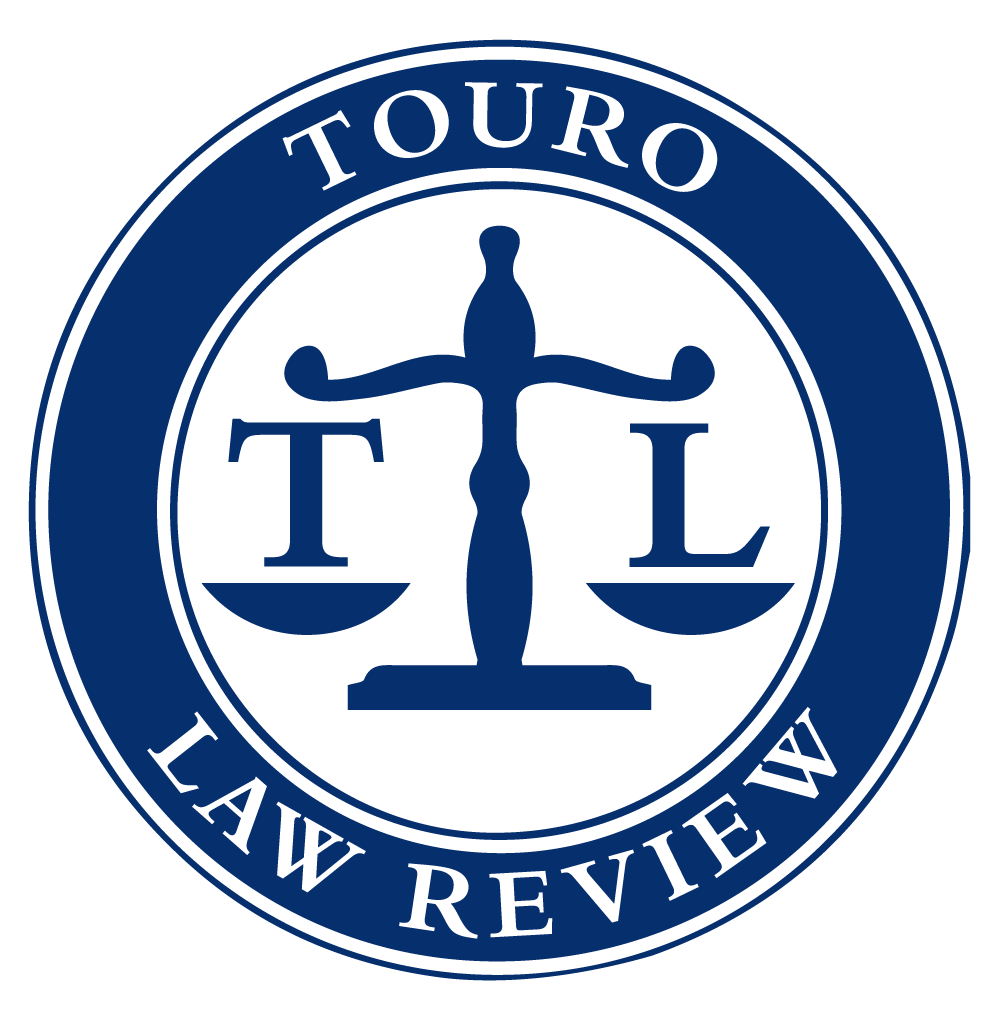
Touro Law Review
Abstract
The death of George Floyd ignited a powerful modern-day Civil Rights movement that spread across the globe. While some protesters took to the streets to demand change, creators amplified the message of hope and unity through protest street art. Murals of police brutality victims like George Floyd, Breonna Taylor, and Ahmaud Arbery, among many others, appeared in most large cities in the United States and were widely spread on social media. From cave art to modern protest street art, graffiti continues to be a generational medium of expression of the human experience. However, while a handful of artists like Banksy, Keith Haring, and Basquiat are celebrated, lesser-known graffiti artists face prosecution and fines. The cognitive dissonance at the heart of this debate grows more evident as graffiti art is commercialized, while still considered an act of vandalism.
Copyright law has long protected economic rights of artists, encompassing unauthorized reproduction and distribution of the works. Moral rights of artists against destruction and mutilation were ignored until the passage of Visual Artists Rights Act ("VARA") in 1990. Today, 17 U.S.C. § 106A recognizes moral rights of attribution and integrity for a limited category of visual artworks of “recognized stature.” By failing to issue legislative guidance defining the "recognized stature" standard, Congress left this critical element to subjective judicial interpretation. The outcome creates a fundamentally flawed standard that ignores potential prejudice and dislike of graffiti as an art form.
In Castillo v. G&M Realty LP, the United States Court of Appeals for the Second Circuit upheld a judgment against a New York developer for painting over graffiti, thereby violating artists' rights under VARA. Although Castillo was a landmark case for graffiti artists, its holding further narrowed the scope of VARA. This Note discusses the potential negative effect of Castillo on future graffiti art cases litigated under VARA. It also proposes an amendment to VARA which will help limit judicial bias and ensure a fair and equitable application of the law for graffiti artists.
Recommended Citation
Ladyzhinskaya, Alina
(2021)
"Protest Art and Copyright Law: Weaponizing Intellectual Property against Systemic Inequality and Social Injustice,"
Touro Law Review: Vol. 37:
No.
3, Article 13.
Available at:
https://digitalcommons.tourolaw.edu/lawreview/vol37/iss3/13


